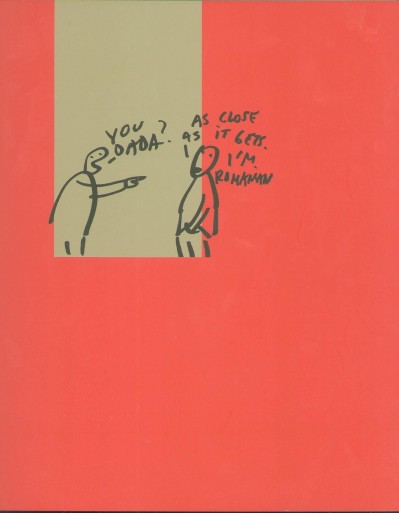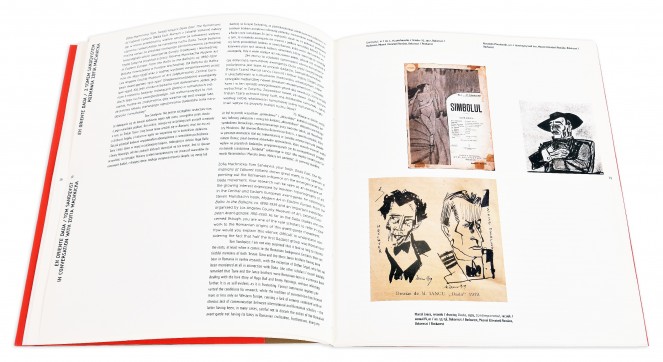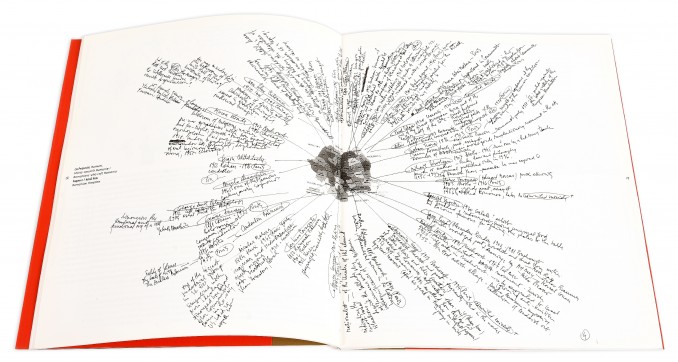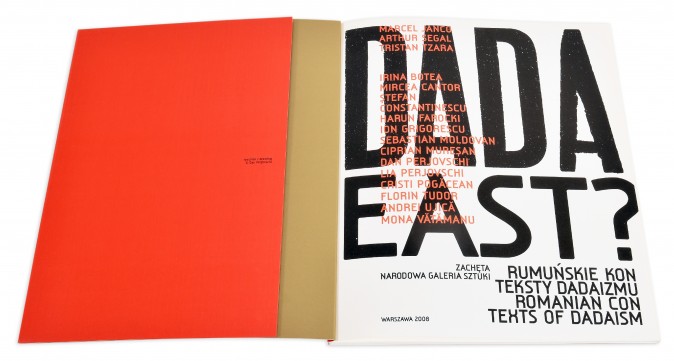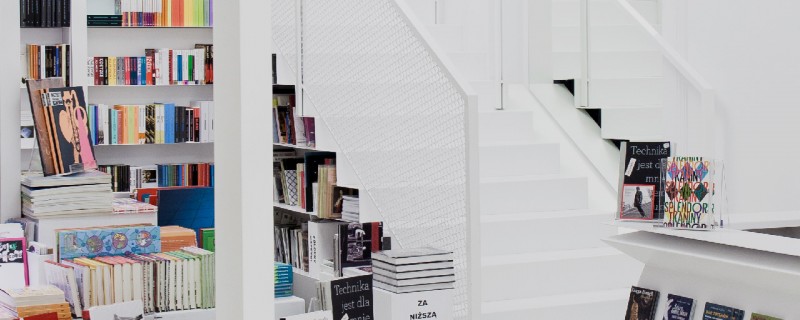
E-bookshop
edited by: Zofia Machnicka
graphic design: Tomasz Bierkowski
publisher: Zachęta - Narodowa Galeria Sztuki
ISBN: 978-83-60713-10-5
Dada was officially born on 5 February 1916, when Hugo Ball and Emmy Hennings opened a literary and artistic cabaret, the Cabaret Voltaire, in the Meierei restaurant on Spiegelgasse 1 in Zurich. Four refugees form the increasingly nationalistic, war-entangled Romania participated in the events of that fateful evening: Marcel Janco, Tristan Tzara, George Janco and probably Arthur Segal. These young artists almost immediately became involved in the performances of the Cabaret Voltaire and in the creation of a new avant-garde movement that was eventually to revolutionise the world of art. It is actually puzzling how often Western researchers pass over Dadaism’s Romanian roots. Before the First World War, there existed in Bucharest a lively art scene, focused around the magazines, animated by Tzara and Marcel Janco, Simbolul and Chemarea, a scene promoting values that would later become fundamental for the Dada movement. Tom Sandqvist is one of the few experts on the subject who actually did research in Romania, tracking down the traces of artistic evolution in the ‘Little Paris of the Balkans’. In his view, the sources of the Romanian avant-garde movement include not only symbolism, futurism and folklore, but also the Eastern European Yiddish culture, which in fact must have had a significant impact on the development of the artistic personalities of the Cabaret
Voltaire Romanians.
The project has the ambition to be a voice in the debate on Dadaism. The intention is not only to stress the Dada movement’s complex nature by remembering the forgotten question of its Romanian roots and to document the artistic and personal context of the activities of Tzara, the Janco brothers and Arthur Segal both before and after their departure from Romania. The project’s historical and documental element is also a starting point for a discussion about how the question of Dadaism’s Romanian roots can be viewed in the contemporary context. Moreover, it reflects the potential and significance of the concept of ‘Dada East’ for the Romanian cultural scene and uncovers how contemporary artists relate to the historical Dada movement. The dialogue between history and the present that took place as part of this project helps understand how much Dadaism, and above all its leading artistic personalities, and the strategies and attitudes they practice, have influenced contemporary art and what an important source of inspiration they constitute today.
The in situ installations by Dan Perjovschi, Lia Perjovschi, Mona Vatamanu and Florin Tudor, the works by Mircea Cantor and Ciprian Muresan, and the text by Ion Grigorescu, all of which have been made specifically for this exhibition, are a kind of response, a direct reaction to the question we asked about the significance and topicality, obscured during the Ceausescu era, of the history of Dadaism. This is why the exhibition features works illustrating the paradoxes of the communist system: for this is part of the context for the reception of the problem of the early-20th-century avant-gardes in Romania. The resonance that arises between the ignored history of the Romanians of Cabaret Voltaire and contemporary works points clearly to the continuing topicality and proper significance of the art and history of Dada.
artists: Irina Botea, Mircea Cantor, Ştefan Constantinescu, Harun Farocki, Ion Grigorescu, Sebastian Moldovan, Ciprian Mureşan, Dan Perjovschi, Lia Perjovschi, Cristi Pogăcean, Florin Tudor, Andrei Ujică, Mona Vătămanu, Marcel Janco, Arthur Segal, Tristan Tzara
